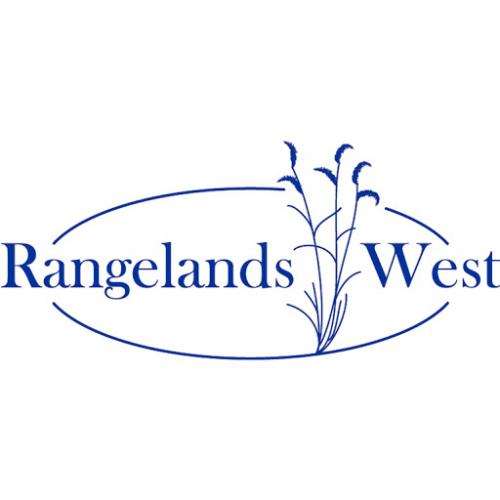Al-Badia (steppe zone) of Syria receives less than 200 mm/annum of rainfall and is normally considered unsuitable for dryland farming. Its area is estimated to be around 10.2 million ha or 55% of the country’s area. It covers land in nine provinces, with 35% falling in Homs Province. It is characterized by high evaporation rates due to hot summers and strong winds. Cold winters allow a short growing season. Soils are generally calcareous and gypsiferous, shallow, rocky and extremely poor in organic matter. The top soil is commonly covered by a crust that limits infiltration, burying of seed and subsequent germination and emergence. Chronic water deficit and low soil fertility limit forage production and livestock production activities. No permanent surface water resources are available with the exception of the Euphrates River and a few check dams with limited water storing capacity." This webpage is dedicated to rehabilitation of the degrading rangelands in this area.(source background)

Articles, citations, reports, websites, and multimedia resources focused on rangeland ecology, management, restoration, and other issues on American rangelands.